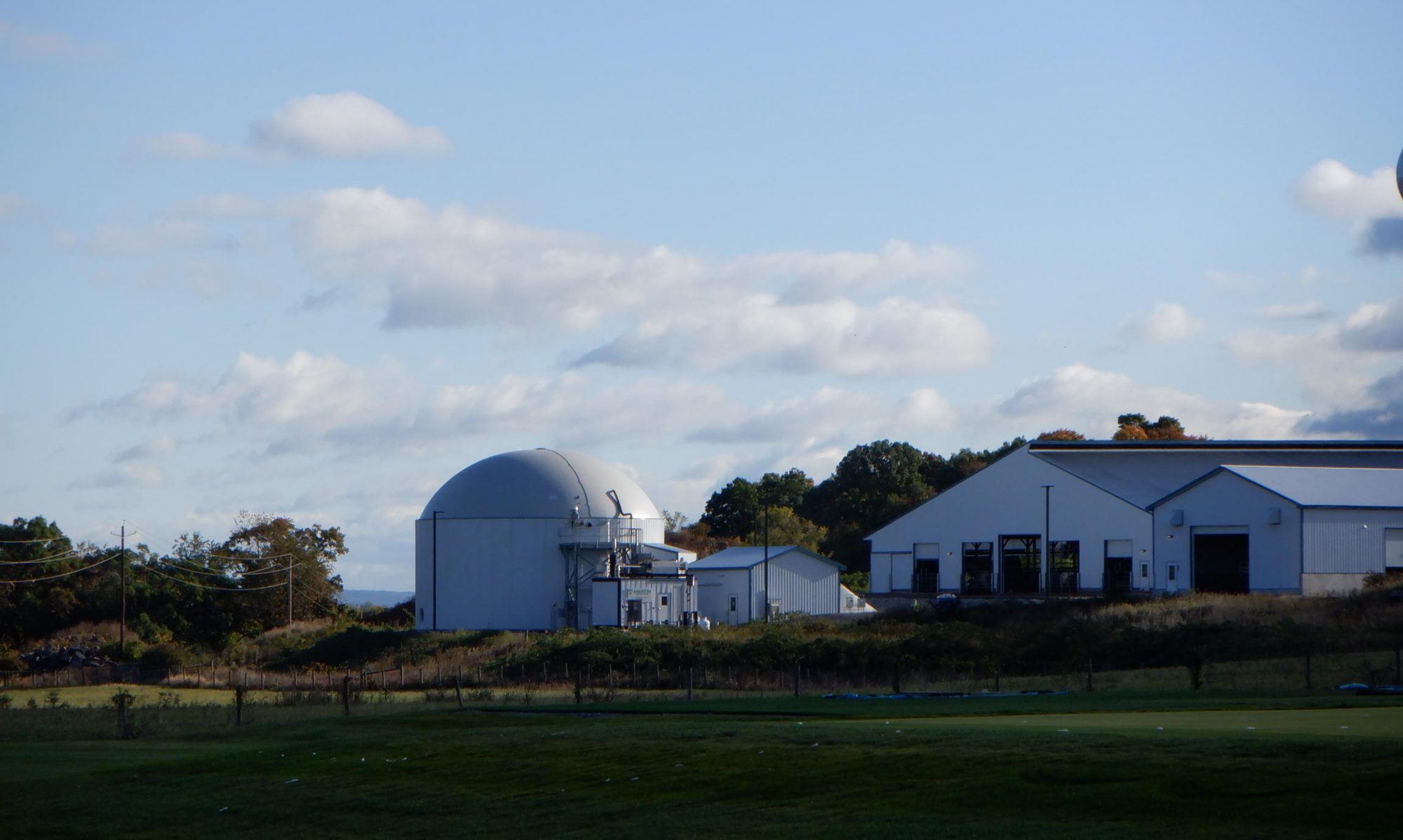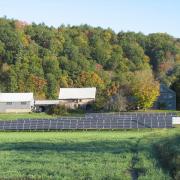Learn about sustainability indicators used to gauge and evaluate a farm’s progress toward energy sustainability.
|
|
|
Solar installation at Harlow Farm, Westminster, VT. Photo: Susan Harlow |
Table of Contents
What Is a Sustainability Indicator?
Sustainability indicators are measurable or observable features that can be used to test principles and criteria of sustainability. Sustainability indicators could include quantifiable measures of resource use efficiency, energy, food security, land use impacts, air and water quality, biodiversity, and social standards.

Because they are measurable, indicators can help a farmer understand large and complex systems, decide whether established goals are being met and make complex management decisions. For example, two indicators of soil health for a given soil and region could be that earthworm density is at least five worms per cubic foot and water-holding capacity is at least 0.2 inches of water per foot of soil depth. In the case of energy, the amount of energy consumed in the growing of a farm product, such as “calories per pound of tomatoes,” has sometimes been used as an indicator of sustainability. Sustainable energy starts with efficiency and conservation.
Farmers, consumers, and policy makers need accurate indicators to assess sustainability of farms, bioenergy crops, and food systems.
Indicators of Sustainable Energy Usage on Farms
While there have been sophisticated attempts to define indicators for sustainable biofuels, there is no consensus on how to define, let alone measure, sustainable energy usage in agriculture as a whole. Schools of thought such as permaculture, organic agriculture, and biodynamic farming paint various pictures of how the ideal farm would use energy. However, life cycle analysis is a valuable tool that accounts all inputs and outputs and has been used to examine biofuels in more detail.
Broadly speaking, some authors have said or implied that a sustainable farm should create at least as much energy through solar, wind, biodiesel, biofuels, or biogas digesters as it consumes, considering all of its inputs, operations, and the energy embodied in its products. Others might describe the ideally sustainable farm as one that is highly self-sufficient, depends on internal nutrient cycles, generating much or all of its own energy; one that is part of a self-sufficient community, or one that uses little or no fossil fuels whatsoever.
Contributors
Authors
- Steve Moore, Center For Environmental Farming Systems, North Carolina State University
- Michael Bomford, Kentucky State University
Peer Reviewers
- Vern Grubinger, Professor, University of Vermont Extension
- Don Day, Extension Associate in Energy, University of Missouri

